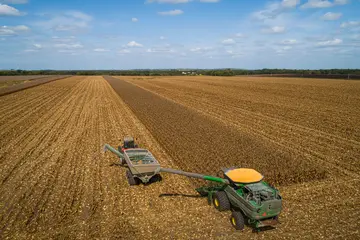Don’t let clogs disrupt busy kitchens
Explore how to make your drain product more effective.
Whenever kitchen staff prepare food, cook or clean up, sinks help get rid of the mess. But if the sink clogs or backs up, the pace in a busy kitchen plummets – sending profits down the drain. See how a simple drain maintenance program can help.
Goodbye gunk?
Liquids and solids dumped into the sink get rinsed away via a network of pipes usually connected to a grease interceptor. But over time, sticky foods and substances high in saturated fats – like grease – start adhering to the pipes.
Using the sink and running hot water may help remove some of the residue. But it won’t stop the build-up. Over time, the flow of water down the drain will slow significantly. And if the problem of build-up is not addressed, it may lead to a complete clog or back-up.
Make kitchen sink maintenance easy and effective
Maintaining a free-flowing drain means limiting the amount of solid food and greasy material that goes into the pipes. Since that’s not always an option in a hectic kitchen environment, a simple drain maintenance program makes sense.
As the saying goes, an ounce of prevention is worth a pound of cure. Microbe-based formulations pack a ton of tiny gunk-busters into every drain maintenance product for professional kitchens.
Although invisible to the naked eye, microbes have a visible effect on sink pipes. Not only can they safely and effectively reduce or eliminate build-up – they do so using nature’s tools, for a more sustainable food service solution.
How does a microbe-based drain maintenance product work?
Some drain products are caustic (high pH) cleaners that can pose a safety risk. Microbe-based drain maintenance products combine both surfactant and natural microorganisms and are formulated at a neutral to mildly alkaline pH.
The surfactant component ensures quick removal of the bulk of the build-up. While surfactants are a necessity, they do not always leave the pipe surface completely clean and may leave behind some organic residue. Residual build-up that has not been removed can act as an anchor point for subsequent food particles allowing for further build-up. The “good bacteria” in microbe-based products break down residual waste to further aid drain maintenance.
Microbes work when and where they’re needed
The bacteria in microbe-based drain maintenance products stay in a dormant state until they encounter nutrients like scraps of food. Then they become active, attach themselves to the nutrients and start removing the residue in the pipes.
This gives the bacteria the energy they need to multiply – and to produce enzymes. Enzymes aid in drain cleaning even further by breaking down organic matter into smaller molecules that would otherwise not be available for the bacteria to eat. The result? Goodbye build-up.
When food waste is present, bacteria are active. And when nutrients are not present, bacteria go back into a dormant state, are flushed away or die. Regular use of a microbe-based maintenance product also means that even as some are flushed away or die, new bacteria get introduced. Regular use of a microbe-based maintenance product also means that even as some bacteria get flushed out, new bacteria get introduced. So, the cycle of dormant and active microbes continues, preventing drain clogs long-term.


